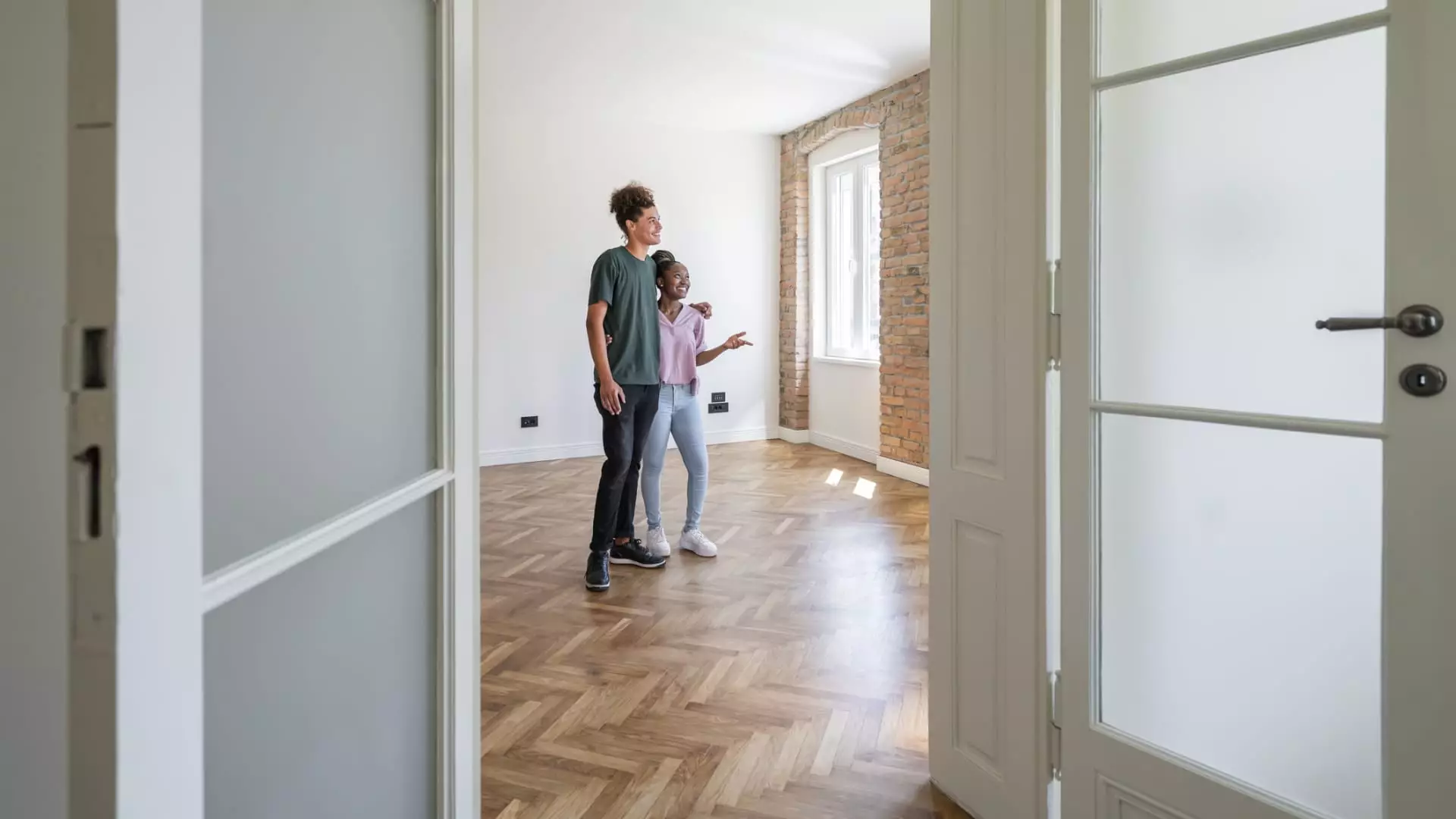As America gradually emerges from the pandemic’s shadow, the rental market is experiencing significant fluctuations. Variations in rental costs are becoming sharper, with some regions witnessing a rapid decrease in prices while others continue to see increases. This article delves into the current state of affordability in rental housing across the United States, exploring the intertwined factors that have led to these contrasting scenarios.
The landscape of rental affordability has shown signs of improvement recently, largely driven by supply and income dynamics. Daryl Fairweather, the chief economist at Redfin, points out that the availability of rental units has notably expanded due to an unprecedented construction boom during the pandemic. The escalation in supply compels landlords to lower their asking prices to incentivize potential renters. Such movements manifest in regions where new apartments are coming online more rapidly, creating a competitive rental climate that benefits tenants.
However, despite these improvements, a significant portion of renters still face financial pressure. The median income for renters in 2024 was identified as $54,752—a 5.3% increase from the previous year. While this rise in income offers some relief, it still falls considerably short of the earnings required to manage rental costs comfortably. The Joint Center for Housing Studies at Harvard highlights that a household is considered cost-burdened when over 30% of its income goes toward housing, a reality that many renters experience as they navigate skyrocketing expenses.
The dichotomy in rental prices across different regions is striking. Cities like Austin, Texas, and Houston have emerged as leaders in affordability thanks to a confluence of factors such as robust job markets and supply that outstrips demand. In Austin, for instance, the median income of renters significantly surpasses the estimated necessary income for affording an average apartment, thus categorizing it as a “most affordable metro.” This situation exemplifies how increased building activity can stabilize or reduce rental prices in the midst of shifting demand.
Conversely, regions lacking such new construction are seeing persistent problems with high rental costs. Areas in proximity to high-income cities, such as Providence, Rhode Island, are particularly vulnerable. Affordability issues in Providence can be attributed to its position as a commuter town for Boston, where inhabitants enjoy significantly higher average incomes. Consequently, the influx of Boston commuters seeking affordable housing puts tremendous financial pressure on local residents, exacerbating the gap between lower and higher income brackets.
The pandemic catalyzed a shift in work patterns, enabling a migration of workers from high-cost urban centers to more affordable regions, with cities like Austin experiencing a temporary surge in popularity. As remote work remains a viable option for many, the demand for housing in previously less popular cities witnessed an accelerated rise. However, this trend appears to be leveling off, leading experts to suggest that the initial rush for affordable housing may have peaked. According to Fairweather, the return of more individuals to on-site work has resulted in a decreased demand for rentals in previously booming metros.
This dynamic shift in demand, coupled with ongoing increases in supply, has helped ease rental prices in these formerly hot markets. As construction continues and the initial pandemic migration subsides, it seems likely that affordability will continue to expand in certain cities, increasing the range of options available for prospective tenants.
Ultimately, the state of the rental market hinges on a delicate balance between supply and demand. In scenarios where the supply lags behind demand, prices are likely to remain high, often out of reach for many renters. Major urban centers, renowned for their economic opportunities and vibrant lifestyles, remain relatively unaffordable, particularly regions like Los Angeles and New York City.
Economists concur that addressing these affordability issues requires not only an increase in construction but also a concerted effort to harmonize wages to align with housing costs. In cities where growth in rental prices has stagnated or retracted, the ongoing rise in construction activity could herald a pivotal turn toward greater sustainability in the rental market—a situation that, if managed effectively, could lead to long-lasting improvements in affordability across various locations in the U.S.

